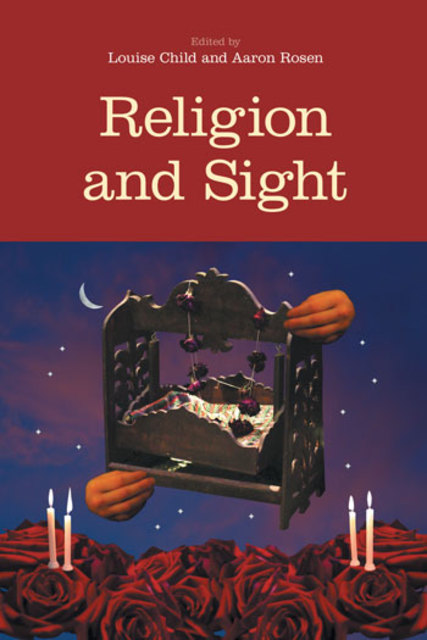Child & Rosen/Religion and Sight, 2.Visibly Invisible

Full description
This chapter focuses on the depiction of Muslim women wearing the burqa (one-piece veil covering the entire face and body) and the niqab (veil covering the face, leaving the eyes clear) in Britain and abroad. Starting from the fall of the Taliban in 2001, I argue that this event has contributed to the idea of the burqa as a garment that is imposed on all Muslim women, making them “visibly invisible”. Examining the function of the burqa/niqab, I argue that such tropes convey messages of political and cultural deception, suspicion and oppression against women. The burqa/niqab is perceived as a self-conscious marker of subversion against Western ideals such as democracy, free speech and the freedom of movement for women. I look at how this is translated in visual culture and the implications of these tropes in the wider context relating to perceptions of gender, national identity and violence.
- typeImage
- created on
- file formatjpeg
- file size42 KB
- container titleReligion and Sight
- creatorTahnia Ahmed
- isbn9781781797501 (eBook)
- publisherEquinox Publishing Ltd.
- publisher placeSheffield, United Kingdom
- rightsEquinox Publishing Ltd.
- series titleReligion and the Senses
- volume
- doi
We use cookies to analyze our traffic. Please decide if you are willing to accept cookies from our website. You can change this setting anytime in Privacy Settings.
